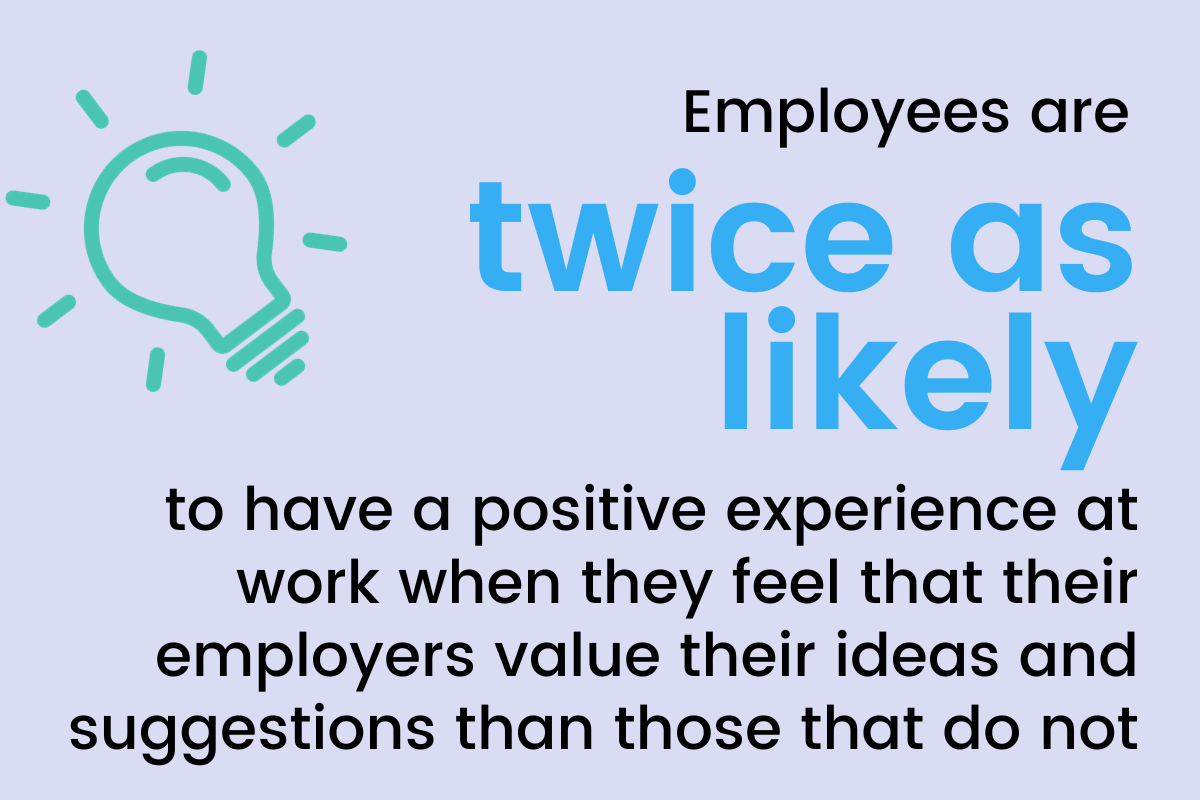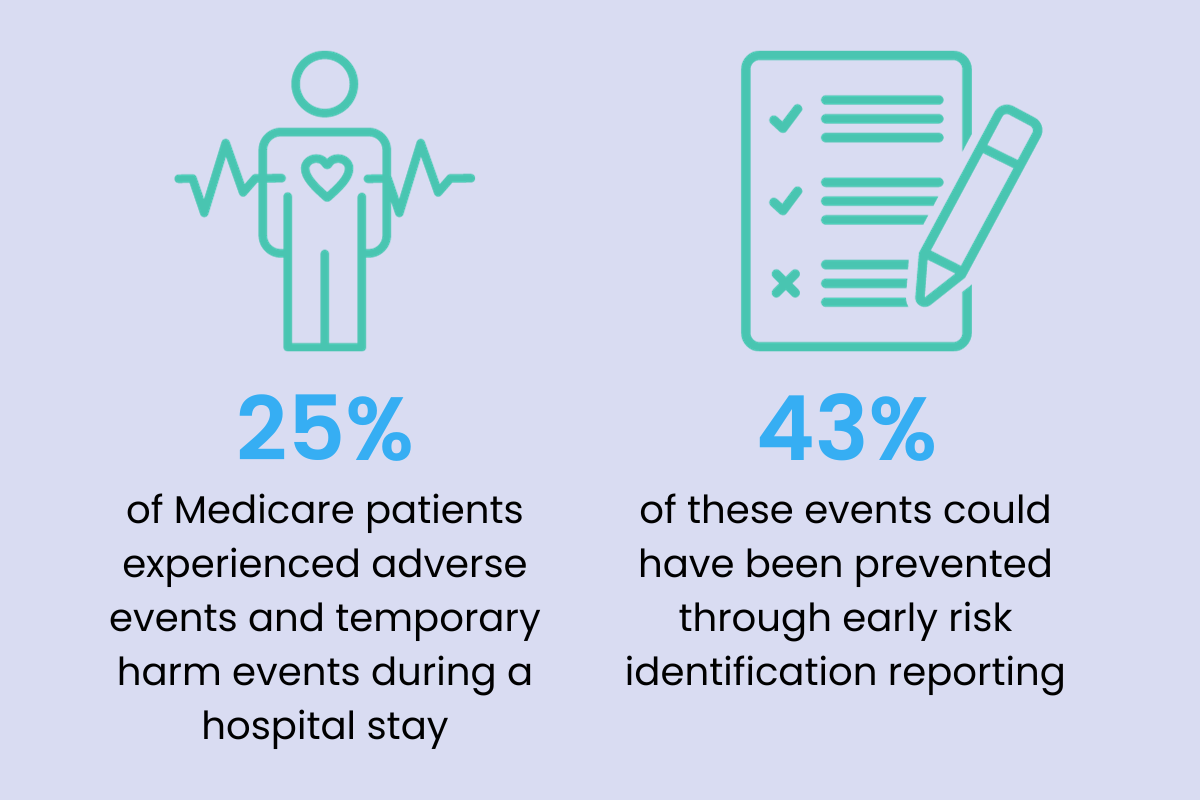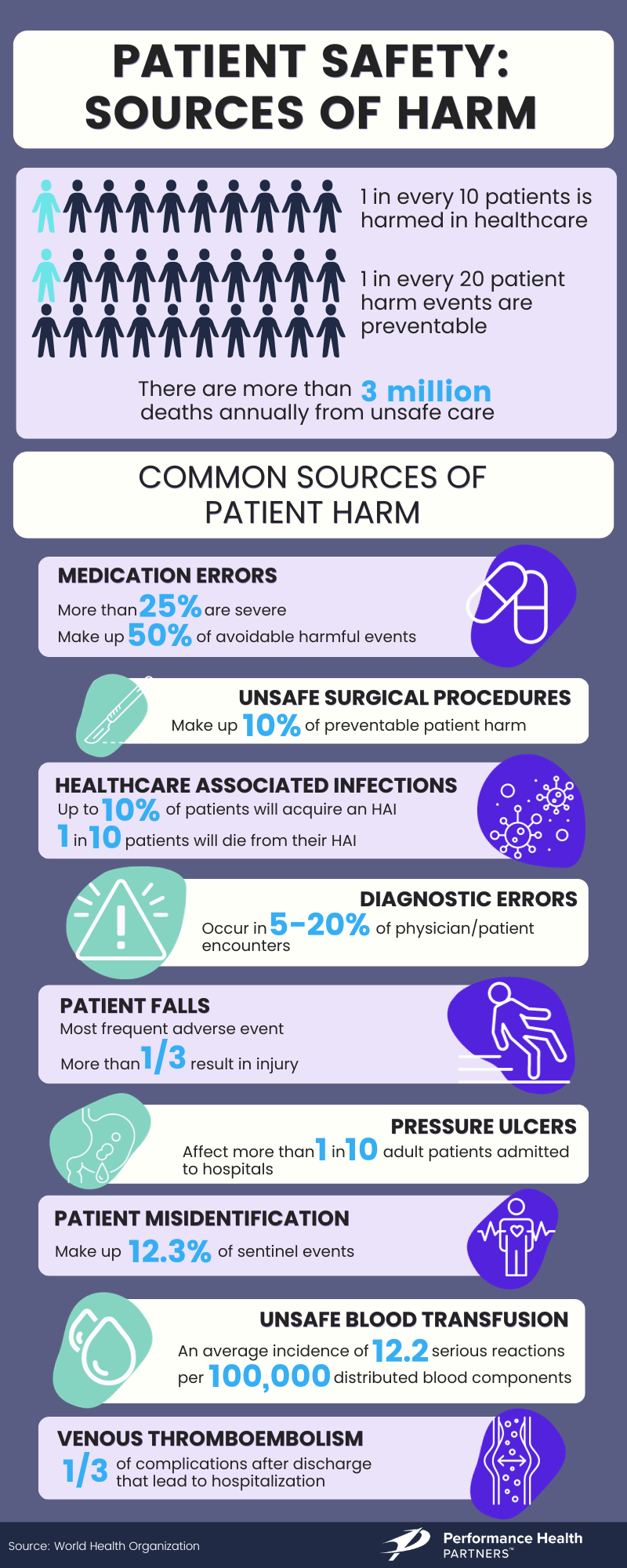2 min read
The Role of Incident and Event Reporting in Risk Reduction
Performance Health Partners
June 26, 2023

In the world of healthcare, the importance of risk reduction and preventing medical errors cannot be overstated. Incident and event reporting stands as a key strategy for prioritizing these goals. An incident management system provides a structured platform for healthcare professionals to record any incidents, near misses, or adverse events they encounter during their work.
When executed effectively, the data derived from this process can shine a light on potential hazards, process gaps, and system failures. Equipped with this knowledge, healthcare leaders can assume a proactive role in implementing strategic actions to prevent the recurrence of similar incidents. Read on to learn more about the role of incident and event reporting in risk reduction and error prevention.

Early Identification of Risk
Incident and event reporting tools are crucial for healthcare employees to timely document and manage the risks and hazards encountered in day-to-day operations. By promoting a culture that encourages and celebrates incident and event reporting, healthcare organizations can identify potential risks early on, providing an opportunity for preemptive action and mitigation. A study carried out by the Office of Inspector General found that 25% of Medicare patients experienced adverse events and temporary harm events during a hospital stay, and that early risk identification through such reporting could have circumvented 43% of these events.
Learning from Errors through Incident and Event Reporting
Incident reporting in healthcare provides incredibly valuable information around the errors occurring within a healthcare organization. Analyzing the root causes and contributing factors that led to these incidents offers an opportunity for learning, and enables organizations to implement corrective measures to prevent the recurrence of such errors. In turn, this fosters a culture of continuous learning and improvement.
Preventing Future Harm through Near Miss Reporting
Incident and event reporting systems often include provisions for near miss reporting – events that had the potential to cause harm but didn't result in tangible damage due to their interception before harm could occur. Identifying and reporting near misses provides organizations with a clearer view of the vulnerabilities in their systems and processes, enabling them to make necessary improvements and avoid future harm.
Safety Culture and Employee Engagement
Implementing a robust incident reporting system is the foundation of an organization’s safety culture. It empowers employees to actively participate in risk identification and mitigation, which subsequently fosters a sense of ownership and accountability for safety in their organization.
With an incident management system in place, employees become more engaged in their work, knowing that their observations and input are valued and contribute to the safety of their patients and colleagues. According to IBM, employees are twice as likely to have a positive experience at work when they feel that their employers value their ideas and suggestions than those that do not.
Data-Driven Decision Making
The incident reporting process yields valuable data that can be analyzed to identify trends and patterns. This data-driven approach helps organizations make informed decisions about process improvements, training needs, resource allocation, and risk mitigation strategies.
By leveraging this information, organizations can proactively address potential risks and errors. With a central database and the ability to quickly access data, an efficient system empowers leadership to make improvement decisions that can improve outcomes, enhance safety, and increase patient satisfaction.

Cost Optimization through Incident and Event Reporting
Collecting and analyzing data around incidents allows healthcare organizations to identify system weaknesses, potential errors, and areas requiring improvement. By proactively addressing these areas through incident and event reporting, costly adverse events like medication errors and patient falls can be prevented in the future.
Taking this preventative approach can result in cost savings by avoiding the additional expenses associated with treating and managing complications or re-hospitalizations. Furthermore, by analyzing reported incidents, organizations can identify areas where resources are underutilized or misallocated, leading to inefficiencies and increased costs.
At their core, incident and event reporting systems are fundamental to achieving risk reduction and error prevention in healthcare. They allow organizations to detect potential hazards, learn from past mistakes, foster an environment of continuous improvement, and build a culture founded on safety. Encouraging employees to report incidents, near misses, and adverse events can proactively address risks, elevating safety outcomes.

Interested in learning how an incident reporting software solution can help your healthcare organization mitigate risk? Click here to request a free demo with our team.


